LED lamp overview
LED lamp overview

The device, in other words, the design of the LED lamp is represented by the following elements:
- Plastic light diffuser
- LEDs (usually at least 5 pieces);
- Installation fees;
- Aluminum radiator (removes heat);
- Driver converts electrical voltage;
- Air vents (air circulation occurs through them, as a result of which the driver cools down);
- The base (is the conductor of electrical current from the network).
It is seen that inside the lamp there is a rather complex mechanism, the principle of which differs from alternative light sources. Due to the driver, which is in the circuit, the light can blink when connected to the dimmer. In this case, it is recommended to use special dimmable LED bulbs.
- Advantage
- Species
- Field of application
- the benefits
- Disadvantages
Advantage
The main technical characteristics of LED lighting lamps:
- Cover type. It can be screw (marked E27, E14) and pin (G19, G13, GU10, etc.).
- Power consumption – from 3 to 30 watts.
- Rated voltage 220V.
- Luminous flux – from 250 lm to 2500 lm (average 100 lm / 1 W).
- Operating temperature range from -10 to +40°C.
- Degree of protection (IP index, taken into account if the LED lamp is installed in rooms with excessive humidity or dust. For example, when installing electrical wiring in the garage and bathroom).
- Color temperature from 2700 to 6400 K.
- Service life is from 30 to 50 thousand hours.
- Overall dimensions (length * width * height).
- Weight (each individual product).
Species
As such, there is no variety of LED lamps, which cannot be said about halogen lamps. They can usually be distinguished by the type of cap, working food and glow color.
Oh communities we have already said above, taking into account the technical specifications.
We draw your attention to the fact that learning all types of communities is difficult for a novice electrician, especially since this is not at all necessary. If you need to buy a new LED lamp, it is better to take the old one to the store and show it to the seller.
Regarding working power , then the lamps can work from 4, 12 and 220 volts. The first group is used for decorative lighting of objects, and the last two can be used as general lighting.
Color glow LEDs can be different: warm light, cold light, daylight, etc. (the difference is shown in the photo below).
Field of application
The range of LEDs knows no bounds. They can be used wherever possible: in supermarkets, in interior lighting, for street lighting installation, for decorative lighting of furniture and various architectural objects. Most often, light bulbs are used when installing lighting in an apartment and a private house. They have proven themselves due to the many advantages that we will talk about later.
the benefits
Finally, we move on to the most interesting part of the article, where we consider the pros and cons of LED lamps for the home.
The main advantages are:
- Highest energy saving (products allow you to save 10 times more electricity consumption than incandescent lamps);
- The highest light output reaches a record 120 Lm/1 W;
- The service life exceeds 40,000 hours, which is also the highest;
- A wide range of products of different shapes, colors and dimensions;
- High durability of the case.
- Does not harm the environment (no inert gases inside the flask);
- Works with energy surges.
- The number of on/off does not affect the service life;
- Heating is small (up to 60 ° C), so you can not be afraid when installing the product next to flammable materials.
Disadvantages
The main disadvantage of LED lamps is their high cost compared to other light sources.
The disadvantages of products also include:
- The spectrum of glow can negatively affect a person’s well-being;
- The light is narrowly focused, requiring the installation of several LED bulbs for uniform illumination of a small room;
- For efficient and long-term operation, it is necessary to purchase expensive radiators, drivers and power supplies;
- The service life indicated on the package does not correspond to the real one (due to the fact that the crystals begin to fade spontaneously over time);
- Most products do not work well with a dimmer plug.
So you learned about the technical characteristics, advantages and disadvantages of LED lamps. To finally prove to you that these products are the best among their competitors, we present several comparison tables:
I would also like to note that in global practice, LEDs have leadership in most countries. The exception is Japan, which still gives preference to fluorescent tubes. Having eliminated the pros and cons, we can say that today’s LEDs in almost all respects are better than other light sources.



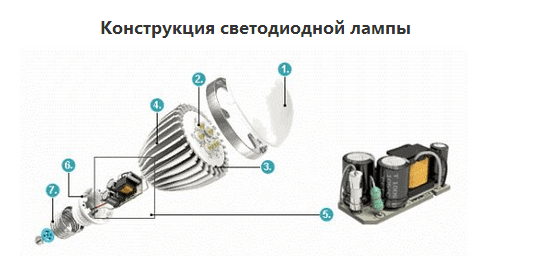
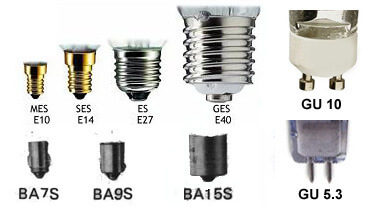
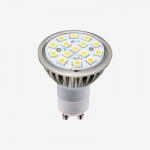
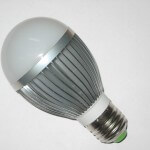
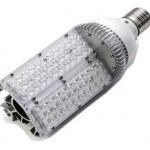
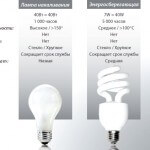
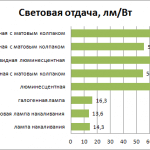
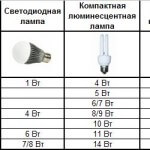








Leave a Reply
You must be logged in to post a comment.